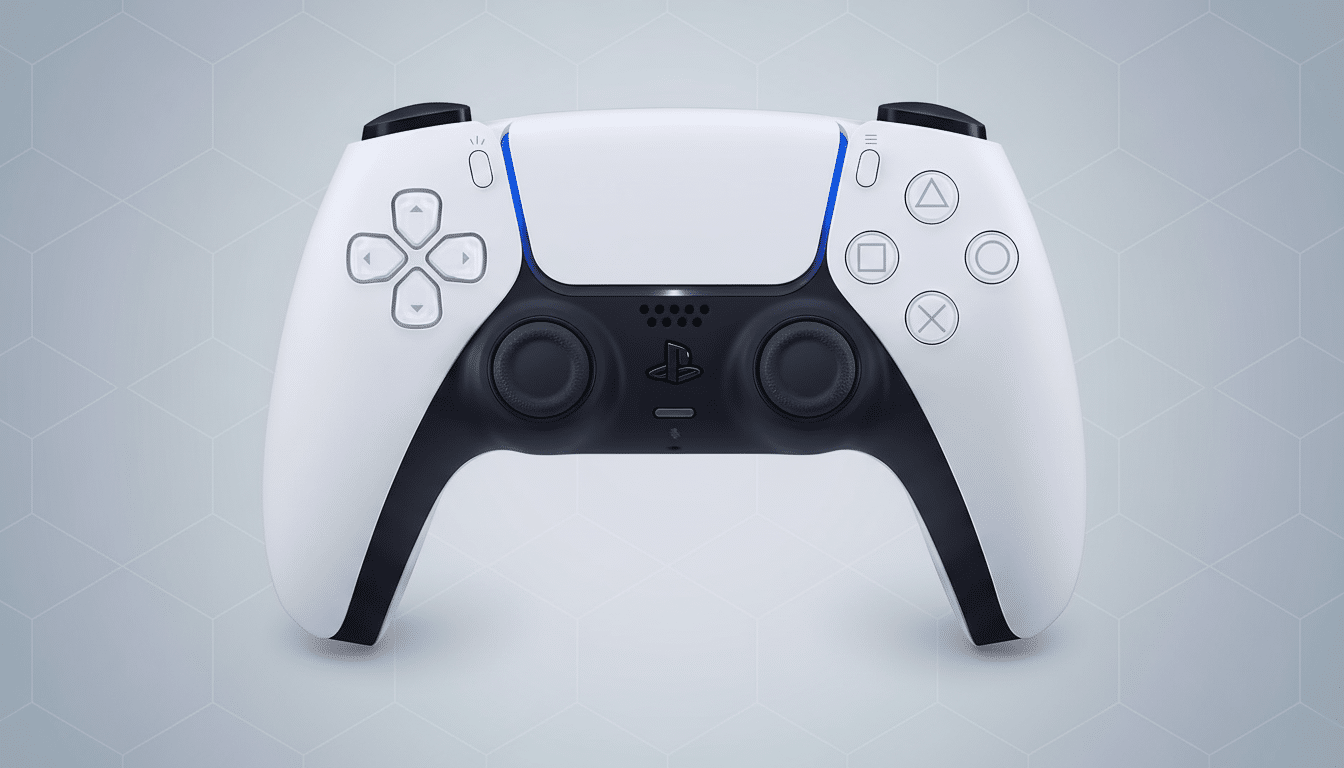Google is making behind-the-scenes moves for a substantial leap forward in Android gaming with Android 17, which will target a pitfall that mobile players and cloud gamers have grappled with for years: a reliable gamepad experience you can tweak to taste.
Pre-release Android builds reveal native controller remapping, a standalone controller section within Settings, and even a system-wide “virtual gamepad” that would bridge the gap between touch-only games and physical controllers.

Native Controller Remapping Is Finally Here
Today, Android uses predesigned key layout files paired with a controller’s vendor and product IDs. That’s fine for popular peripherals like Xbox and DualSense pads, but the factory mapping won’t suit everyone, and most Android games lack in-app remapping. Players are turning to third-party solutions that hook into Accessibility services, require ADB access, and often add latency or break across patches/upgrades, or run against the games’ policies.
Code in new Android framework builds mentions a new permission, android.permission.CONTROLLER_REMAPPING, which is dependent on the feature flag input_hardware. The permission is only allowed for platform-signed apps, meaning that remapping will presumably be controlled by the system on a foundational level—probably via the Settings app—and won’t just be left to third-party remappers. That’s the right pattern to achieve predictable behavior and lower overhead.
A Controller Hub in Settings Adds Device Mapping Controls
A new game controller page is also mentioned in the test build’s Settings manifest. As it’s still a shell, it seems like connecting/disconnecting controllers and per-device mappings can be done. Anticipate swaps for face buttons and inverting sticks and triggers. Profiles could be created per game if Google follows best practices from PC and consoles, complete with calibration tools for dead zones, sensitivity curves, and vibration intensity.
For a variety of Android handhelds and TV boxes, it could be a game-changer. Companies shipping gaming-first hardware—your ASUS ROG Phone, RedMagic devices, Razer Edge, or a set-top box or mini PC running Android—would no longer have to offer bespoke utilities just to deliver standard controller features.
Virtual Gamepad Indicates Touch Mapping and Cloud Synergy
The most interesting of the changes is a path to a “virtual gamepad” inside the input stack. This way, Android can register a (software-defined) controller with normal VID/PID values and even get real button events back, which it then reroutes correctly to games as though they had been generated by an actual pad. That method allows apps to remain unaware of remapping, and it bypasses compatibility hacks.

Since the virtual device can emulate standard inputs, it also means that on-screen touch controls could be mapped to a real controller. It would be a godsend for popular games that never got support for controllers. Google already does similar input mapping on both Chrome OS and in Google Play Games on PC; baking it into Android would create a seamless experience from phones to tablets, TVs, and PCs.
The timing jibes with changes elsewhere in the market. Newzoo’s most recent forecast continues to represent mobile as the largest segment of gaming by revenue, and cloud gaming is moving beyond early adopters. NVIDIA has publicly referenced tens of millions of GeForce Now users; Microsoft has said its Xbox Cloud Gaming usage is growing. Android is more and more the client platform for these services (whether running on phones mounted into controllers or living room devices), so clean, consistent input support does matter.
Why It Matters to Players and Developers
For players, the effect is simple: fewer hoops to jump through and broader compatibility among a labyrinth of controllers. System-level remapping will help take out the extra processing layers, mitigate issues like doubling up inputs, and wash away some of that confusion around what works where in which games.
And for developers, since Android is doing the heavy lifting, support costs are lower. Rather than having to support bespoke layouts for individual devices—or field tickets about third-party remappers—studios would be able to rely on standard key codes and allow users to customize bindings in one convenient location. It also helps in competitive title compliance, as with input-spoofing-thresholded games, remapping is done at the OS level under a tight permission policy—not black-box overlays.
Open Questions and a Real Timetable for Android 17
There are still unknowns. Is Android 17 coming with per-app remapping or only global remapping at release? Will mapping touches to a controller come out with the official release or sometime after? How deep will Settings go on advanced options like stick calibration, trigger thresholds, and gyro-to-stick translation? And how about security and anti-cheat concerns with injected inputs across a variety of game engines?
So, with these capabilities appearing in flags in early builds, the smart money is on a rolling launch. A first pass—simple button remapping and a controller list, say—would already be an appreciable quality-of-life bump. If (or when) a virtual gamepad and touch mapping pass muster, Android 17 may very well be the most important controller update in the history of that platform, just in time as Android matures from being only about phones to PCs, televisions, and more real soon now.

